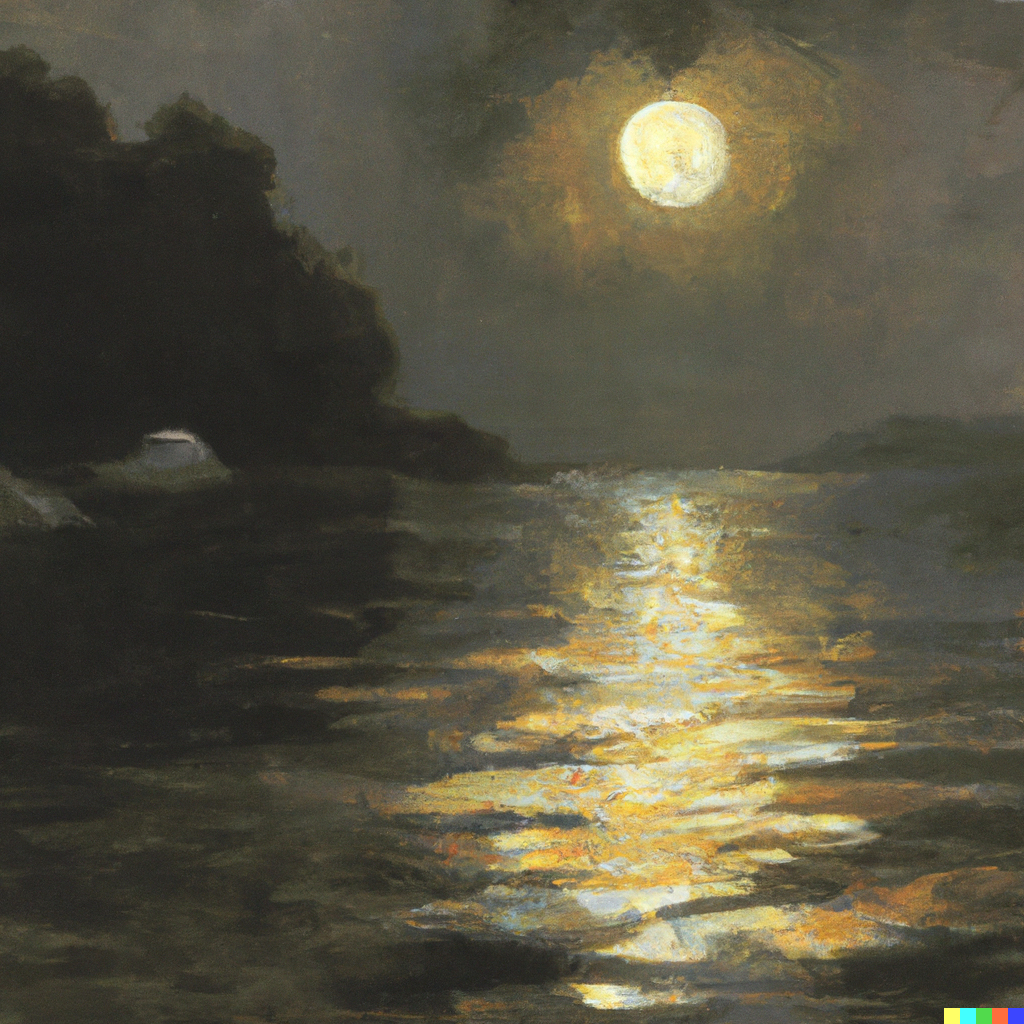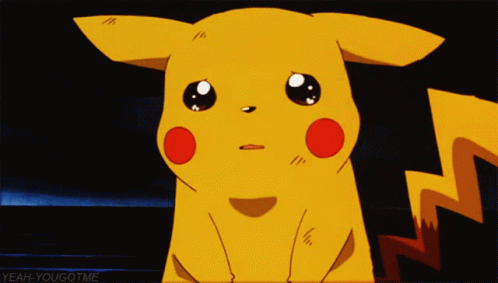OpenAI has promised to give one million subscribers on the DALL-E 2 waitlist access to the astonishing AI art generator, and now they can sell the images their prompts create. As those including LinkedIn founder and tech entrepreneur Reid Hoffman release their art for sale, this is raising even more questions about the new form of digital art.
A product of the Elon Musk co-founded research lab OpenAI, DALL-E 2 is the most impressive of the AI art generators, and even the weirdest AI art from DALL-E-2 has made a splash. But this tech has always raised concerns, not least because AI art generators could threaten the jobs of, you know, real human artists.
Now we're beginning to see the first art created by DALL-E 2, with input from users, go on sale. Hoffman, for example, launched a series of NFTs based on his generated images, called Untranslatable Words. The final bid on one 'painting', called mångata, sold on NFT marketplace Magic Eden for 697.97 Solana, or $24,000 / £19,640.

Hoffman took to Twitter at the end of July and wrote: "A picture is worth a thousand words. But with DALL•E the inverse is true: a single word is worth a thousand pictures."
He added: "In a few hours, a single user with no artistic experience can generate hundreds of expertly rendered images. Each of these might have once taken hours or days of work to complete using traditional methods (including software).
And expanded: "[…] But while DALL•E produces images almost at the speed of making copies, it's never simply making copies. Each image is a unique original asset. You could even say DALL•E is increasing scarcity at scale."
AI can be good, creative and interesting, and it can serve to generate randomness to inspire art
There's a lot to break down here. For artists, the devaluing of creative input, talent and years of mastered skills is troubling – great art, traditional or digital, takes hours, even days and weeks and months because there's learned skill and passion involved. Of course, AI-created images can be good, creative and interesting, and it can serve to generate randomness to inspire artists, so I'm open to see how the world embraces this new tech.
Daily design news, reviews, how-tos and more, as picked by the editors.
But the first part is a little troubling – "[…] it's never simply making copies. Each image is a unique original asset." Is it? DALL-E 2, and other AI art generators, create images from millions of paintings being fed into the algorithm, artwork probably owned by someone and under copyright. So who owns the art created from someone else's work, style and vision? This feels murky.
One safeguard for users is the option to upload your own art into DALL-E 2 and render AI images from this, which could actually be a very interesting way to quickly iterate ideas. And, of course, there are plenty of out of copyright works of art that can be used to add a new dynamic to your own, which means inputing J. M. W. Turner is fine.
Inspired by the potential of DALL•E and NFTs — and the possibilities that they unleash together — my team and I have created a number of small image collections that we'll be tokenizing as NFTs.The first collection debuts on Magic Eden today.Here's why I'm experimenting:July 21, 2022
The big question remains around OpenAI's safety policy for using images to train its algorithm. What images have been used and how much of the original artist or photographer's work can be seen in the paintings DALL-E 2 generates? Just as with all technology that's in its infancy, synthetic art is finding its way, and it can be confusing. In case you need to see what the fuss is about, take a look at OpenAI's T&Cs page.
On Twitter, @RallenMarketing wrote in response to Hoffman's NFT project, and summed up why a lot of people feel confused: "Except we need legal clarity. They say we own the creation but not the creation generated from the creation. Which seems to me not to make sense. Maybe you can use your resources to free the copyright."
AI art generators such as DALL-E 2 will absolutely take hold (so it's worth finding out how to use Dall-E 2 and also learning about how the best AI art generators compare. For ad agencies, commercial art studios and concept artist teams, AI art can offer new ways to create images with speed, try out styles without committing, and perhaps in the future, artists could even earn royalties from AI using their art. But we could be in for a bumpy ride along the way, and everyone still seems a little confused by how this will impact ownership and copyrights.
Read more:
- This AI Image Generator is way better than Google's
- Has AI finally made Bored Ape NFTs artistic?
- What are NFTs, exactly? Non-fungible tokens explained

Ian Dean is Editor, Digital Arts & 3D at Creative Bloq, and the former editor of many leading magazines. These titles included ImagineFX, 3D World and video game titles Play and Official PlayStation Magazine. Ian launched Xbox magazine X360 and edited PlayStation World. For Creative Bloq, Ian combines his experiences to bring the latest news on digital art, VFX and video games and tech, and in his spare time he doodles in Procreate, ArtRage, and Rebelle while finding time to play Xbox and PS5.
